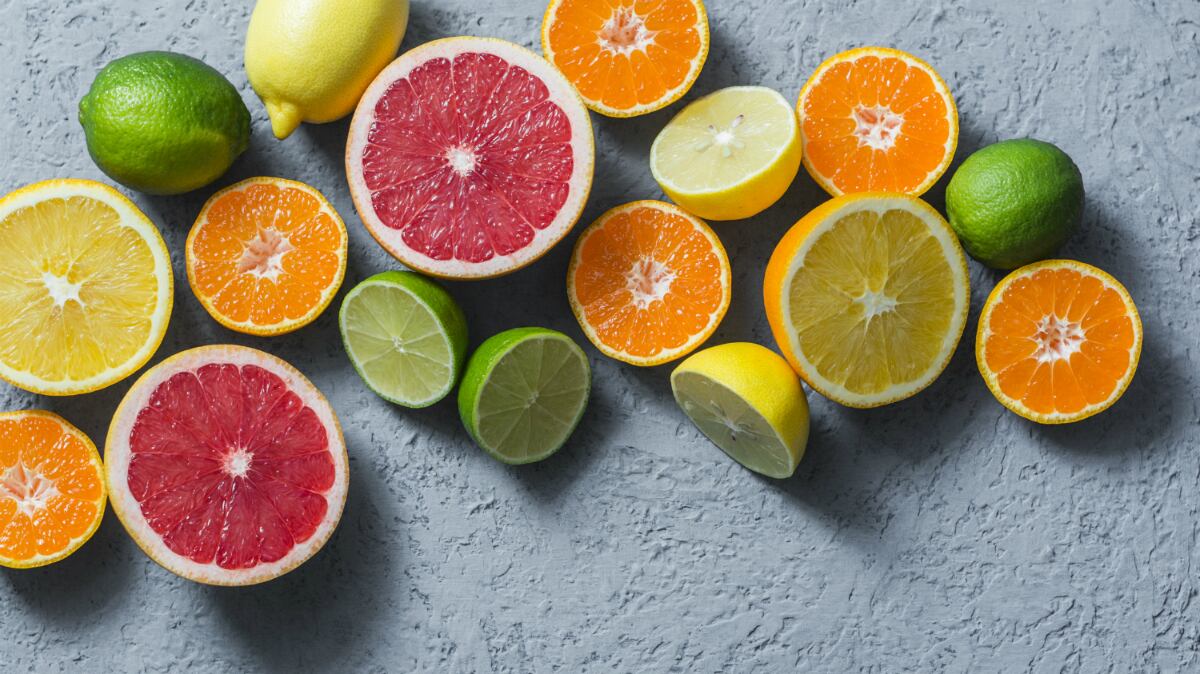Limonene — a monocyclic terpene found in over 300 plants in different parts of the world — is a common flavour additive in food, beverages and fragrances, thanks to its lemon-like scent.
Because of its widespread usage, researchers at India's National Institute of Food Technology Entrepreneurship and Management sought to better understand its possible toxicological effects and the associated risk.
Toxicological effects
They conducted a review of existing studies that had performed toxicological assessments of limonene, and noted its rapid absorption via oral administration in both experimental animals and human beings.
Human consumption distributes it to the blood, kidneys and liver, which leads to metabolites such as perillic acid, dihydroperillic acid, limonene-1,8-diol, and limonene-1,2-diol, being formed.
The researchers wrote that in rodents, oral intake of limonene resulted mainly in severe hyaline droplet nephrotoxicity, but only in male rats because of specific protein α2u-globulin, a major urinary protein.
The same effect, however, has not been observed in humans. Other toxicological effects of limonene found in rodents were hepatotoxicity and neurotoxicity.
Despite this, limonene has not displayed any genotoxic, immunotoxic, or carcinogenic properties. Based on the available information, the researchers classified limonene as a low-toxicity additive.
Foods and flavours
A major by-product of the citrus industry, limonene is a main volatile constituent of citrus peel oil, with up to 95% often obtained through the steam distillation of citrus peels and pulp from juice and cold-pressed oil production.
The study reported that 96% of human exposure to limonene is through food and drink, with the remaining 4% through ambient air.
The study also looked at limonene's stability during processing, saying that there was "paucity of information" on whether different processing techniques resulted in the generation of toxic metabolites, or harmful degradation products.
Limonene is less sensitive to high-pressure treatment than it is to thermal processing, but "in the case of ultra high-pressure treatment of orange juice…limonene concentration decreased up to 75%". Under acidic conditions, limonene can degrade to an off-flavour in citrus juices during storage.
Concerns over consumption
The researchers wrote that limonene intake in general may increase due to more citrus juices being consumed and the popularity of the Mediterranean diet, which is rich in limonene.
They added that lemonade or lemon juice contained almost 10 to 20 times more limonene than commercial orange juices. These factors could, over a prolonged period, prove toxic despite limonene being a GRAS ingredient.
The researchers concluded: "Future research should evaluate the effect of conventional and emerging food processing techniques on food products containing limonene in detail, especially with respect to generation of new metabolites of limonene, toxicity of these metabolites and safe level / limits of such metabolites in food products, as there is paucity of data regarding the same."
Source: Food and Chemical Toxicology
https://doi.org/10.1016/j.fct.2018.07.052
"Review of toxicological assessment of d-limonene, a food and cosmetics additive"
Authors: Chandrakala Ravichandran, et al.



